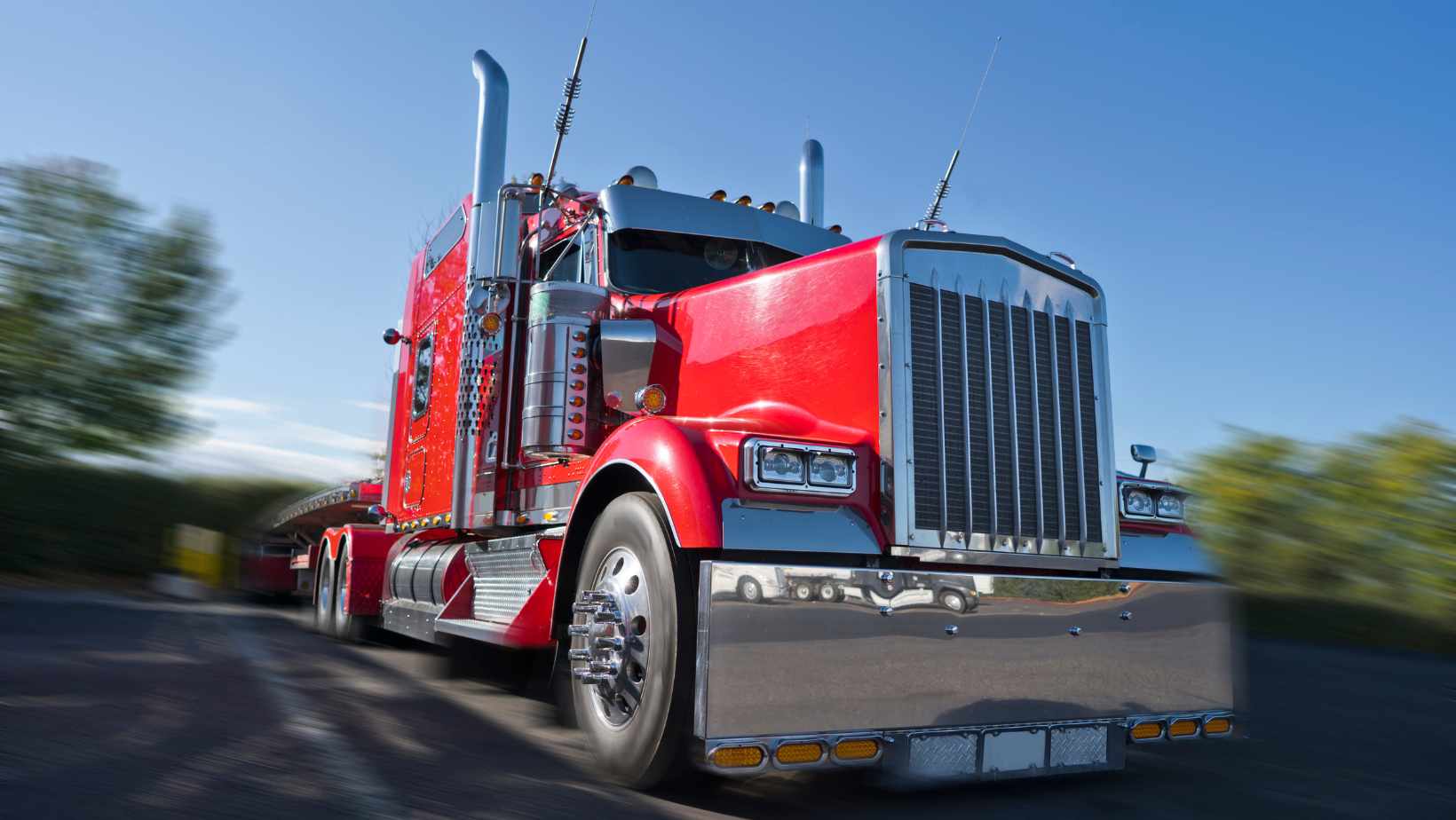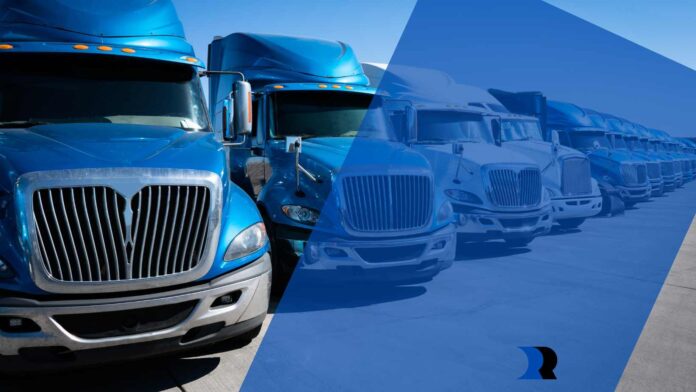On the interstates, highways, streets, and backroads of America, semi-trucks are akin to being the whales of the road. Many drivers fear them; after all, and it’s not hard to see why—semi-trucks average 70 to 80 feet in length and weigh upwards of 35,000 pounds when attached to an empty trailer. The maximum that a semi-truck can weigh when fully loaded is 80,000 pounds.
However, these humongous parameters pose the following questions: Where did these semi-trucks come from, and what are they actually carrying? Also, why are Americans so afraid of driving beside them, and is the utilization of semi-trucks going anywhere in the future? This article aims to provide all you need to know about semi-trucks in relation to you, your safety on the road, and the necessity of automobiles overall.
The Birth of The Semi Truck
The birth of the conceptualized semi-truck came in 1896 by a man named Alexander Winton, who was an established automaker of the time.
Winton professed the need for larger vehicles to carry bigger merchandise and higher quantities of products and freight across the United States. So the first prototype of his semi-truck, which he called an ‘automobile hauler’ at the time, was constructed of a cart frame similar to a tractor and an attachment of a trailer on the back of it.
Though birthed from humble beginnings, the trucking industry has ballooned into one of the most crucial forms of transportation for e-commerce, retail, food, healthcare, and so much more. It’s no wonder that semi trucks move 72.1% of the United State’s freight, by weight, making it one of the most important, powerful, and necessary for trade and sale in the country today.
The Use of The Semi-Truck
Semi-trucks are seen everywhere on various roadways across the United States nowadays, and understandably so.
These large capacity containers carry a multitude of items including, but not limited to, livestock, meat, produce, medication, electronics, clothing, hazardous materials, furniture, building supplies, and more. As technology advances, the population increases, and the demand for meats, fruits, and vegetables skyrockets, trucks have become more advanced with higher-tech gadgets and installations.
Refrigerated semi-trucks were first invented in 1935, and it was masterminded through the work of a man by the name of Frederick Jones. Interestingly, the refrigeration application to trailers and boats helped aid the war effort in World War 2, as the new refrigeration system allowed for the transportation and preservation of blood stores and food for soldiers overseas.

The Fear of The Semi Truck
Semiocophobia is defined as the fear of semi trucks, and more likely than not, you’ve heard someone mention that they hate driving by semi trucks when on the roadways. To some, semi-trucks are not the gentle giants they appear to be in history.
Though semi trucks have shown repeatedly to be helpful in the trade and distribution systems of the United States, it’s still the most feared beacon of industrialization of the roadways, interstates, and highways. Many people fear driving beside semi trucks due to a variety of reasons.
Some may fear being crushed by the tipping vehicle, while others fear the freight will somehow fall out of the cargo trailer and hit their vehicle. Fearing objects or dangers that are much larger than us is normal. When different factors, such as high speeds and wild chance are involved, the fear of these tractor-trailers can become far more harrowing and definitely understandable.
For those who fear semi trucks, different techniques to alleviate or eliminate the fear can be taken, such as exposure therapy or soothing self-talk when one finds themselves forced to drive beside a tractor-trailer on the road. Though some feel this fear is unconquerable, all uncertainties they encounter can be either helped or halted with the aid of therapy along with social and self-support.
The Potential Dangers of The Semi Truck
Considering the widespread fear surrounding the existence and operation of semi trucks, it’s no surprise that there are various reasons why a person may be fearful of driving in or around these potentially 80,000-pound machines.
First off, some crucial information to know about these vehicles is that they take wide turns, their stopping time is much slower than the average car, drivers of these trucks have large blind spots, and they can be more prone to flipping than an ordinary car.
More problems arise when you look into the cabin of the truck rather than the vehicle itself. In recent years, many large, overpowering companies have been called out for not correctly training their drivers, which can lead to potential accidents and even deaths.
Of the drivers who are well-trained and prepared to drive these monster machines, there’s still the undeniable risk of these drivers experiencing trucker fatigue. Trucker fatigue can cause drivers to make dangerous driving maneuvers due to odd sleeping patterns, strenuous working hours, and monotonous work tasks.
Though semi trucks were created to help develop the distribution system in the United States, the harrowing fact is that these machines can be deadly if not operated by trained drivers and serviced by vigilant operators.

The Future of The Semi Truck
Though semi-trucks pose major risks to drivers in vehicles and drivers in the trucks themselves, the growth and utilization of the trucking industry pose no sign of stopping or decreasing.
In recent years, as advancements in technology and computerized self-driving systems hit the scene in the automotive industry, the concept of self-driving semi-trucks has become more prevalent. As of 2023, at least two dozen states permit the existence and operation of self-driving semi trucks. However, a survey found that 53% of Americans are afraid of driving on the same roads as self-driving semi trucks.
Though many United States citizens have expressed fears about semi-trucks and insecurities about the idea of self-driving trucks occupying the lane beside them on the freeways and streets of the country, the possibility for an advanced commerce system and safe driving experience for all can be achieved if adequate measures are taken into account and carefully considered.


